It’s an iconic part of the Detroit skyline but, with General Motors moving its headquarters to a downsized alternative the fate of the massive Renaissance Center complex has been uncertain, some calling for its demolition, others hoping to find an alternative use. Now, GM is looking at a solution that’s a bit of both as it proposes a massive new “waterfront destination.”

GM has been in the Renaissance Center since 1996. It currently owns five towers, two of which would be demolished.
When General Motors moves to smaller headquarters next year it leaves a gaping hole in the Detroit skyline. Well, a potentially big gap as it’s been far from certain what will happen to the automaker’s current home, the Renaissance Center.
With many GM employees today working from home, and others transferred out to its suburban operations, the “RenCen” is already grossly under-occupied and there’s widespread skepticism that enough tenants could be found, after the move, to fully utilize the complex.
Working with Bedrock, Detroit’s largest real estate developer, GM announced an alternative plan Tuesday that would take down two of the site’s smaller towers, redevelop the remaining structures and fill the then-empty space with a new 27-acre entertainment complex along the Detroit River.
Moving day approaches
Back in April, GM CEO and Chairman Mary Barra delivered a shocker, announcing the automaker would downsize its headquarters and move to a three-floor operation less than a half mile away in a new complex being erected by Bedrock.
The RenCan originally was built, ironically, by Ford Motor in 1967 as part of an effort to revitalize the then-struggling Motor City. Ford eventually shifted downtown operations back to its suburban office center and, in 1996, GM purchased the complex, with its anchoring 790-foot skyscraper and four smaller towers. (Two additional towers are separately owned and not part of the new plan.)
GM eventually spent more than $1 billion to update the center and address a variety of issues, including its confusing layout. But, in recent years, as GM has downsized, it became increasingly clear the RenCen no longer matched the automaker’s needs.
There had been rumors the company might move its HQ operations to the suburbs, most likely to the sprawling General Motors Technical Center in Warren. So, there was widespread relief in Motown when Barra declared during a news conference that, “GM will continue to call Detroit its home for a long time to come.”
A 73-story white elephant
But Barra raised more questions than answers during a news conference at the new, partially completed HQ building on Woodward Avenue, downtown Detroit’s main thoroughfare.
The most significant was what would happen to the Renaissance Center. For her part, Barra announced the launch of a year-long study that would consider “all possible options.”
But there were plenty of skeptics envisioning the day a wrecking ball – or a controlled implosion – would take the massive complex down. One of the challenges, said a high-level GM insider asking not to be identified, is that “it would be extremely expensive” to come up with alternative uses, such as retrofitting a high-rise designed for offices to handle a large number of housing units.
More GM News
- GM Moving its HQ – But Not Very Far
- GM Beats Q3 Expectations
- GM Laying Off 1,000 Software, Service Staff
The rescue plan
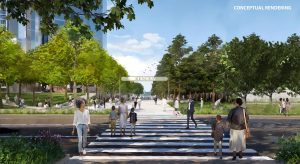
The plan calls for up to 400 new units of housing, shops, and a riverfront “entertainment district.”
“This iconic landmark’s future is important to Detroit and Michigan, and our shared vision with General Motors ensures that its redevelopment aligns with Detroit’s economic advancement,” Kofi Bonner, CEO of Bedrock, said in a statement released Tuesday morning.
The study has concluded there simply isn’t enough potential use for rehabbing the entire, 14-acre RenCen complex. As cities across the country have discovered, there’s less need for office space than pre-COVID. And the conclusion is that not all of the four smaller towers would be salvageable, even for other applications.
If this the $1.6 billion preliminary plan is finalized, the two smaller towers closest to the river would be taken down. The central tower would remain a mixed-use operation, retaining its hotel and shops. The remaining towers, the newly vacant space, and land alongside, would create a “waterfront destination.” It would include as many as 300 to 400 residential units, according to a story in Crain’s Detroit Business, along with retail space and a new entertainment district.
Will it work?
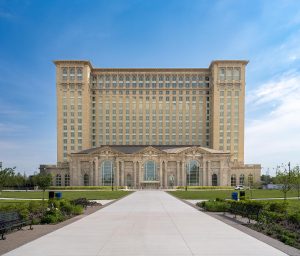
Detroit has seen a major push to restore once-decrepit buildings, like the old Michigan Central Depot reopened in June as part of a nearly $1 billion tech campus in the city’s Corktown neighborhood.
Full details have yet to be released, though GM and Bedrock say that will happen in the coming weeks. For now, the redevelopment effort is just a plan – and a costly one. The partners are expected to seek financial subsidies.
But while there could be opposition developing insiders expect to see strong support at the city and state level where officials hope to have a huge eyesore dominating the skyline of a city that has enjoyed significant redevelopment in recent years.
That includes the June reopening of what is now called the Michigan Central. Once the world’s tallest railroad depot, it sat vacant and decaying for more than three decades — until Ford redeveloped it as part of a nearly $1 billion high-tech campus it is creating in Detroit’s Corktown neighborhood, a mile from downtown.
Meanwhile, Dan Gilbert, the multi-billionaire owner of Bedrock has purchased, renovated and restored over 100 buildings in the city, many of them also long-vacant. The company is also building the new complex where GM will be moving its headquarters in 2025.
Nobody has repurposed more buildings in Detroit than Dan Gilbert and his Bedrock team,” said Dave Massaron, Vice President of Infrastructure and Corporate Citizenship for General Motors. “This is another chapter in their unprecedented commitment to building the best possible future for the city and Michigan.”

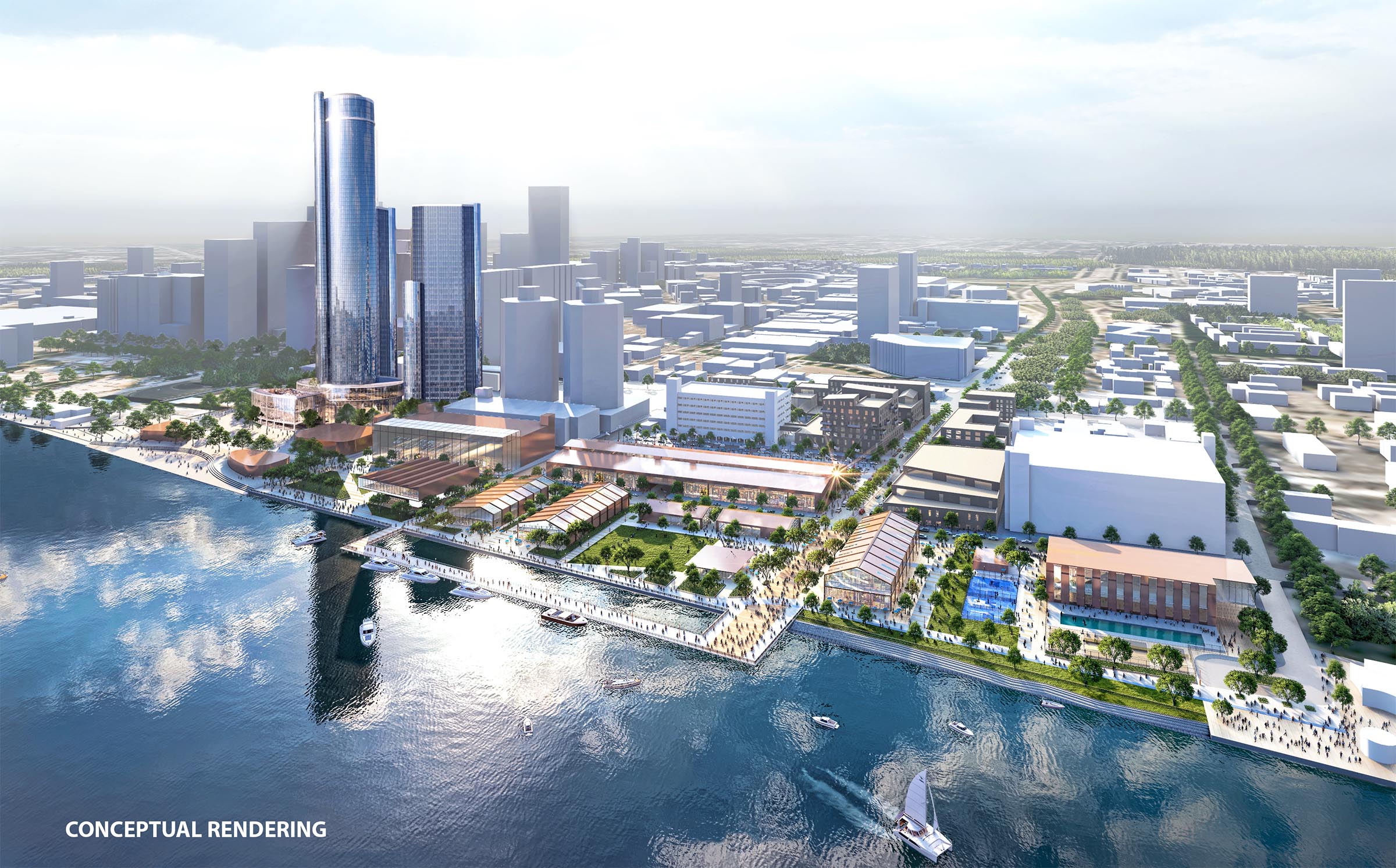
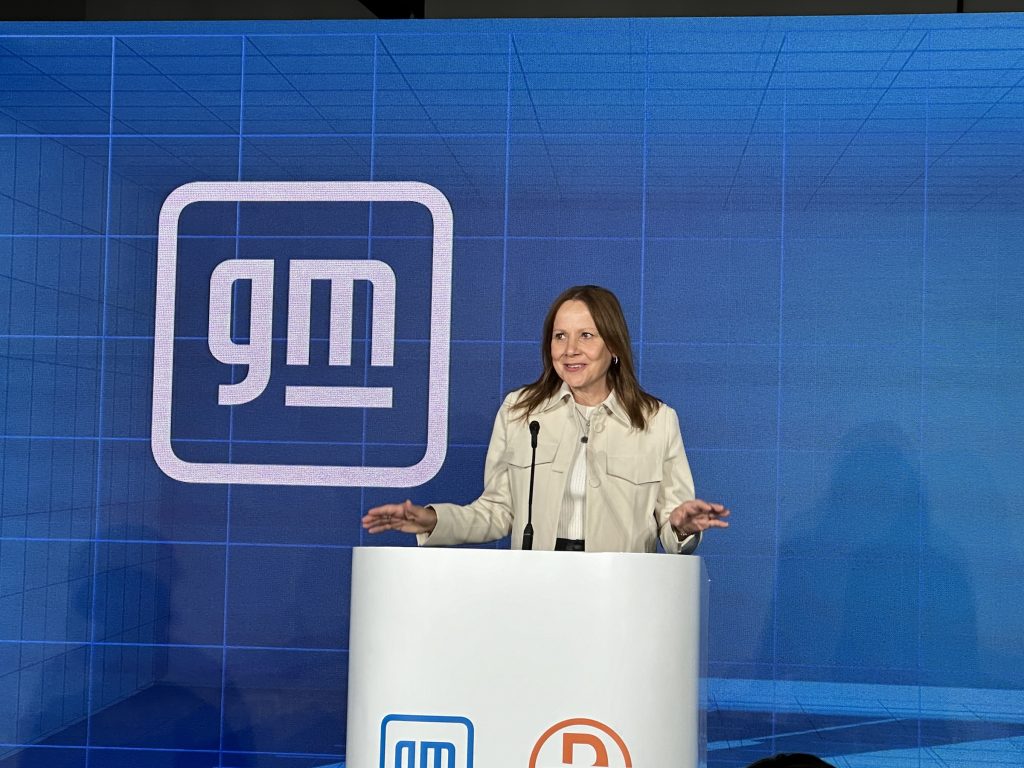
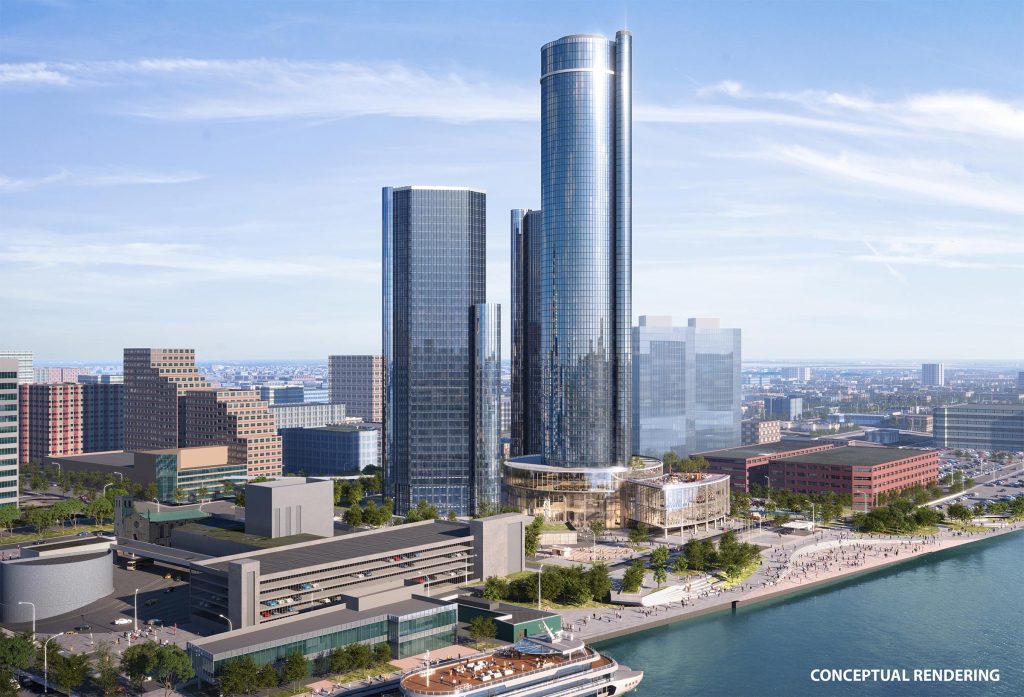



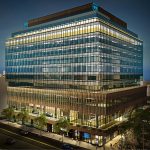
What a waste to tear down a perfectly sound building. Only in the USA!
Why not offer (almost) rent free office space to get tenants that would otherwise be located outside the city limits paying high rent. Would this even be considered in Germany or UK?
Amazing life cycle of the Ren Cen. Built about 50 years ago as a major redevelopment project, it’s now nearly empty and obsolete. Reminds me of Baltimore’s Inner Harbor nor visually, but of how a big project can revitalize a part of town and just within a lifetime become old and worthy of demolition. But contemporary buildings are disposable, and real estate trends change only slightly less often than operating systems or fashions.
There was a very interesting piece several months back in the WSJ. I believe it was titled “From Bankruptcy to Investment Grade in a Decade,” and talked about Detroit’s turnaround. One element of the story focused on the downtown revival and how it has largely depended upon the revitalization and reuse of classic buildings — think the Book Tower or Michigan Central — rather than just a skyline full of modern skyscrapers. Ironically, it quoted experts saying, those older buildings are better suited for rehab and the shift to new applications than those modern behemoths.
Paul E.